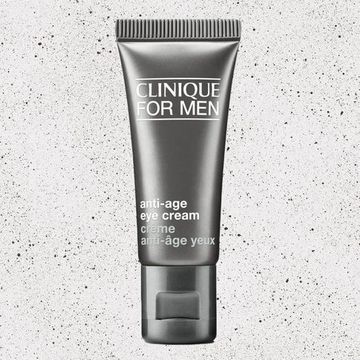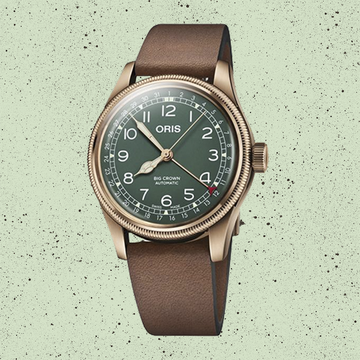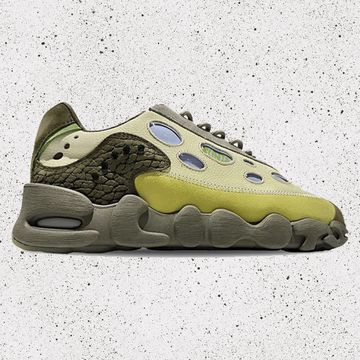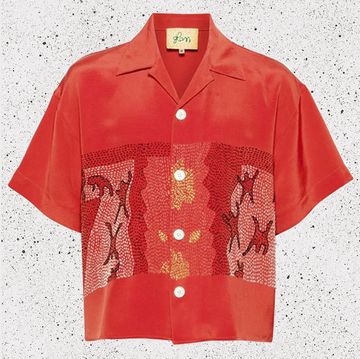I hate shaving. Hate it. Along with doing laundry and ignoring my university's requests for alumni contributions, it's one of the chores I most wish didn't have to be a thing. This is because I have the worst of all worlds when it comes to facial hair: thin and patchy enough to never be a true beard, but substantial and fast-growing enough to require a daily shave. My face whiskers will never be an asset, so why the hell are they there?
Yet, despite that, when I hunch over the sink each morning, I find myself resorting to one of the slower and more involved shaving processes available to us: the good ol' fashioned double-edged safety razor. Why? Let's explain:
It's Cheap
Really cheap. Though, there are some startup costs. First off, a basic, classic safety razor will set you back around $25 to $40. (We like this one from Germany's Merkur, which has been making razors since 1896.) Which, admittedly, is more than you'll pay for the plastic handle on your disposable, but hefty hunk of alloyed steel will last you forever. Similarly, if you go the soap route, you'll want to lather it up with a nice brush, which will bring up the bill a bit, especially if you spec it up into the stratosphere with gold-plated endangered Himalayan platinum badger hair. (For newbies and the convenience minded, a good shaving cream is fine.) But it's another accessory that will last you a lifetime, giving you plenty of shaves to write off the cost.
After that, however, the savings begin to rack up. At $4 pop, the cartridge on a Mach Fusion isn't a cheap piece of metal and plastic. And it will keep a good edge for about five weeks, max—according to Gillette, anyway. Which makes plans from subscription-based startups like the Dollar Shave Club, which send you four cartridges a month, seem a bit like overkill. But no matter which pricing and methodology you go with, the math is clear: keeping a disposable razor at optimal efficiency will run you several bucks a month, for the rest of your life.
Electric razors cost upwards of $150 for starters, require routine oiling and yearly blade replacements that alone cost upwards of $30, and will never, ever shave as close as any manual razor. For all but the most lazy, stubble-friendly frequent fliers, that should be a no.
Meanwhile, one double-edged safety razor blade is good for about a week's worth of optimal shaving for most guys, but here's the thing: one hundred blades clocks in at about $17. At 17 cents a blade, feel free replace it whenever you want. Hell, you could use a new blade for every shave, every single day, for less than the cost of any disposable option. Because it's good to know that even if you go broke, you'll still be able to afford a clean chin.
It's a Closer Shave
If you're going to be clean shaven, it should be, well, clean. This is especially true in these lumbersexual (ugh) times, when beards are a more than viable option for those who can pull it off. If you're rocking a perpetual five o'clock shadow, you might as well let it all hang out—so if you're going to shave, you need to do it right. Pretty much everyone agrees that the double-edge trumps any disposable or electric shave out there. You could go even slower and closer, of course, with a straight razor—but blood-and-gauze-sexual is yet to be a thing, as far as we know.
It's Environmentally Friendly
Disposable cartridges aren't simple. They cost billions to develop, and come off complicated production lines encased in lots of petrochemical-derived plastics and packaged in yet more plastic and cardboard. It adds up to a lot of waste, which makes a box of safety razor blades, requiring nothing more than thin paper wrappers, look incredibly green by comparison. Now, admittedly, it isn't the most environmentally friendly way to shave—it turns out that most of the resources spent shaving are for hot water, which gives electrics the edge—but electric razors can be tricky and every little bit you can save in your daily routine adds up.
It's a Ritual
Maybe you saw your dad doing it a million times growing up. Or failing your dad, Cary Grant. Either way, there's no disputing the daily masculine rite of awakening that is a close shave. Yes, the full safety razor are a more time-intensive affair. You have to lather up and brush your face, and wield the razor with steady dexterity to avoid cuts. But it's a bit of forced attention that winds up feeling centering, bordering on meditative. We could all use to slow down these days; that taking your sweet time for once confers so many other benefits is just icing.
So next time you're due for new shaving gear, step back in and pick back up what our dads and granddads already knew. No space-age gee-wizardly—just a simple technology that's been, for nearly a century and a half, right at the cutting edge.














